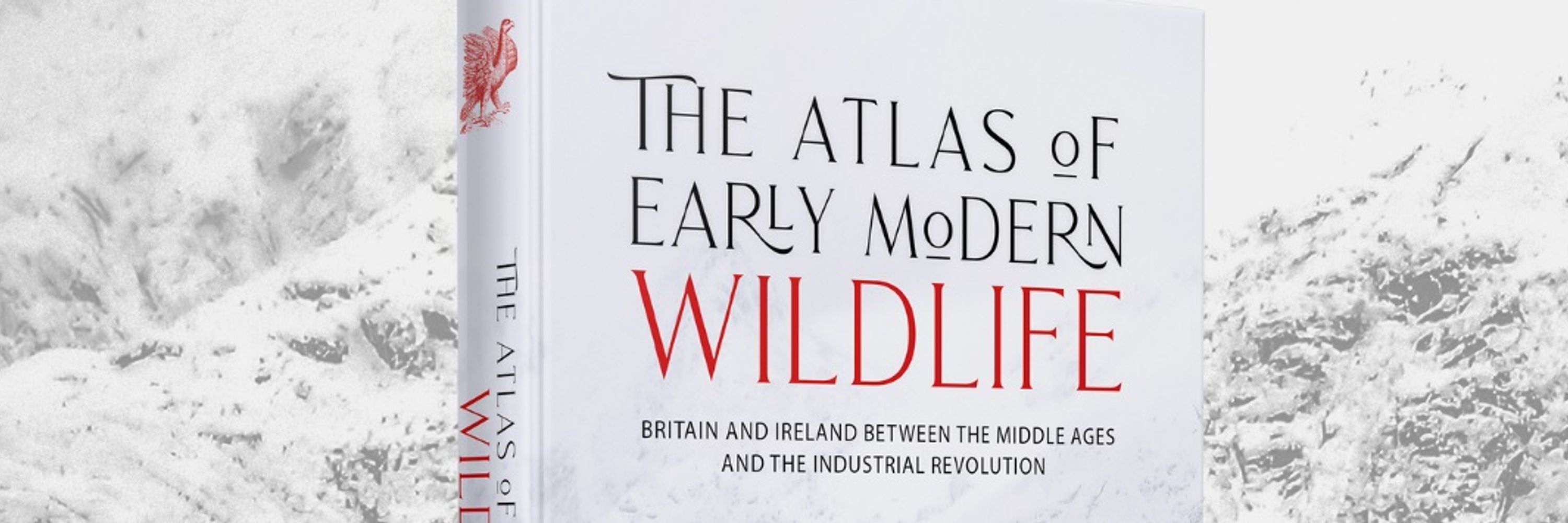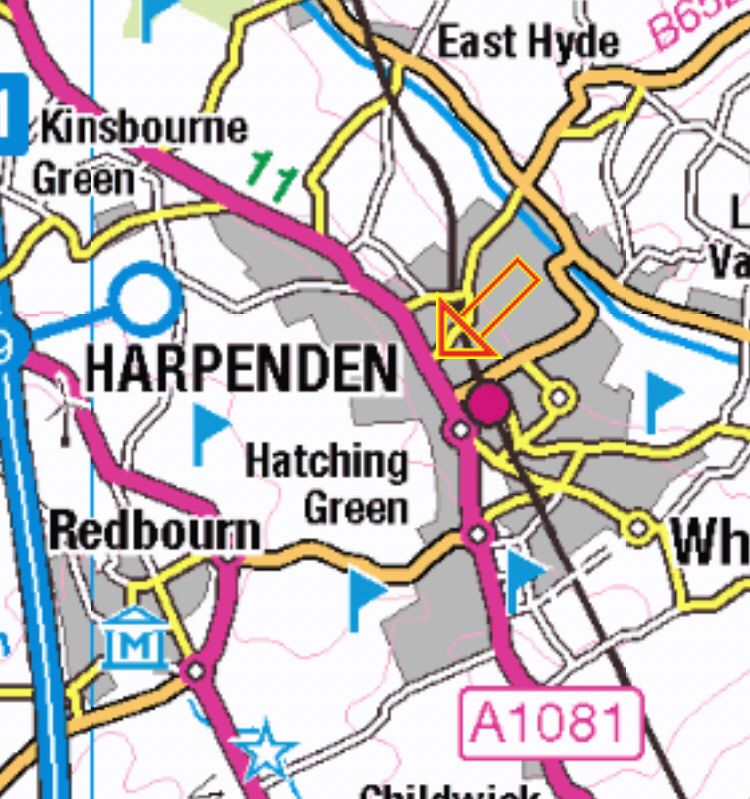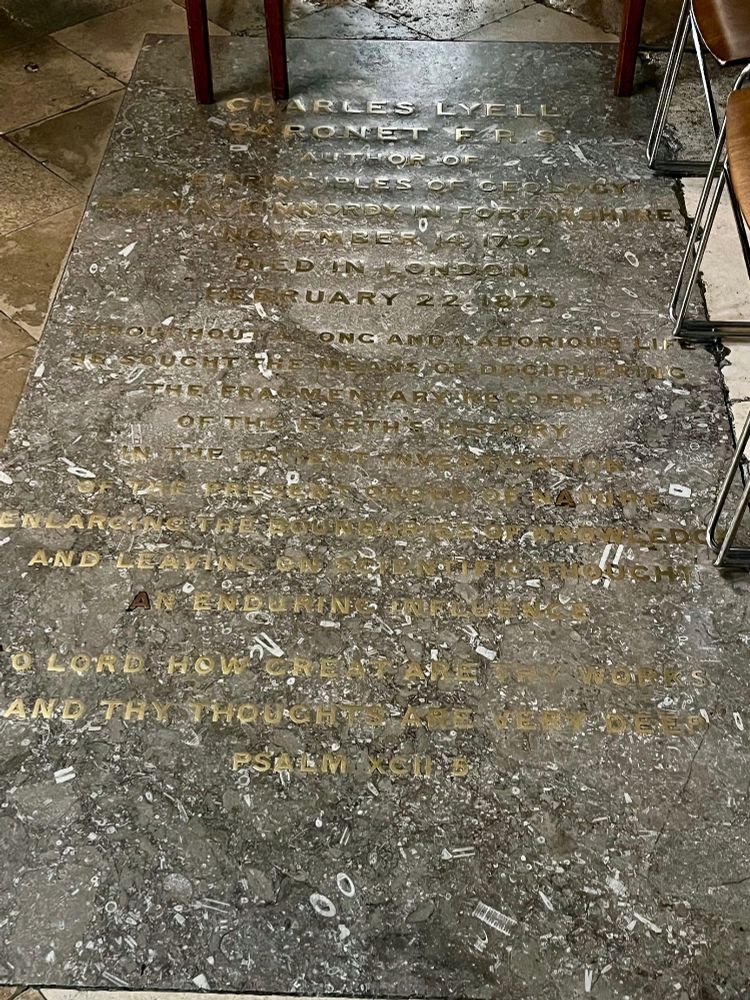
Author: #AtlasofEarlyModernWildlife
Secretly a fox? 🦊 Slow worm friend. 🧚🏻🐉 they/them. 🍞🌹
(No access to DMs, email me)

This is a natural history text from the year 1599 which lists 278 species of animals and plants living in Elizabethan Devon!
There are some very surprising records here...
🐺🐻🪶🐀🐾🎣🍎🍐📗
(Thread 🧵...)
Do Africa’s Mass Animal Migrations Extend Into Deep Time?
www.sapiens.org/archaeology/...

Do Africa’s Mass Animal Migrations Extend Into Deep Time?
www.sapiens.org/archaeology/...

https://www.europesays.com/uk/598089/
Your support helps us to tell the story From reproductive rights to climate change to Big Tech, The…#uk #news #uknews

https://www.europesays.com/uk/598089/
Your support helps us to tell the story From reproductive rights to climate change to Big Tech, The…#uk #news #uknews

" The last remaining features of the old Tudor/Stuart jetty that once served Richmond Palace." #HeronTime




" The last remaining features of the old Tudor/Stuart jetty that once served Richmond Palace." #HeronTime


Some surprises here - there are populations recorded around East Anglia and far up the Bristol Channel, where dolphins are rarer today! 🙀
#AtlasOfEarlyModernWildlife #OceansPast

Some surprises here - there are populations recorded around East Anglia and far up the Bristol Channel, where dolphins are rarer today! 🙀
#AtlasOfEarlyModernWildlife #OceansPast
Found at #Cirencester in 1849, the entirety of this decorated floor (featuring hunting dogs) can now be seen in the excellent @coriniummuseum.bsky.social
📷 Aug 2022
Don't play with your food this #MosaicMonday !

Found at #Cirencester in 1849, the entirety of this decorated floor (featuring hunting dogs) can now be seen in the excellent @coriniummuseum.bsky.social
📷 Aug 2022
Don't play with your food this #MosaicMonday !
phys.org/news/2025-11...
#fossils #paleontology

phys.org/news/2025-11...
#fossils #paleontology
Our new study reveals that ancient gene flow between Pacific and Atlantic herring played a key role in helping Atlantic herring adapt to the brackish waters of the Baltic Sea.
www.biorxiv.org/content/10.1...
Our new study reveals that ancient gene flow between Pacific and Atlantic herring played a key role in helping Atlantic herring adapt to the brackish waters of the Baltic Sea.
www.biorxiv.org/content/10.1...
📷 google images


This is a print of @museum.of.emilyk.art ‘s brilliant "Tzefardea Tzedek" (Frog of Righteousness), a riff on the Jewish reaction to the Portland resistance frog. Emily’s explanation is pasted in the alt text.
Love it ❤️

This is a print of @museum.of.emilyk.art ‘s brilliant "Tzefardea Tzedek" (Frog of Righteousness), a riff on the Jewish reaction to the Portland resistance frog. Emily’s explanation is pasted in the alt text.
Love it ❤️






difficultmedieval.com/2025/10/23/h...

Mute swan (Cygnus olor), Cygne tuberculé, Alarc'h roueel.
"An Alarc'h" is a traditional Breton folk song with a patriotic theme. It commemorates the return of the exiled Breton prince Jean de Montfort (known as "The Swan of Montfort") to retake his duchy from the French in 1379.

1,2. Papyrii of Book of the Dead (Spell 17)
3. Vignette of Spell 83, BM
4. Golden heart amulet with inlaid polycrome glass depiction of Bennu, Annexe of Burial Chamber of Tut’Ankh’Amen, 1323 BCE, Valley ofthe Kings, Thebes ⚱️
Thx as ever Heroneer Hermes1861




1,2. Papyrii of Book of the Dead (Spell 17)
3. Vignette of Spell 83, BM
4. Golden heart amulet with inlaid polycrome glass depiction of Bennu, Annexe of Burial Chamber of Tut’Ankh’Amen, 1323 BCE, Valley ofthe Kings, Thebes ⚱️
Thx as ever Heroneer Hermes1861







